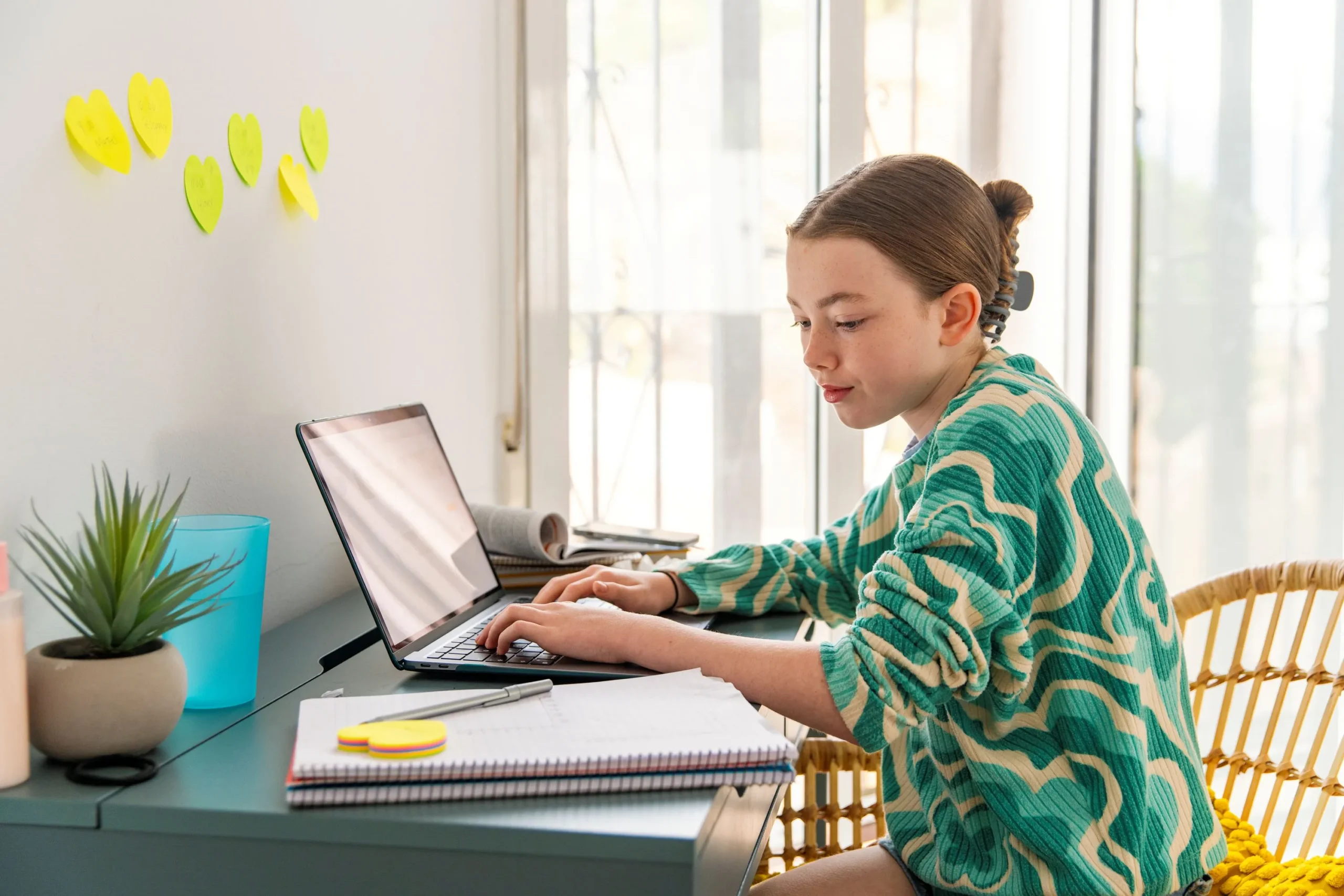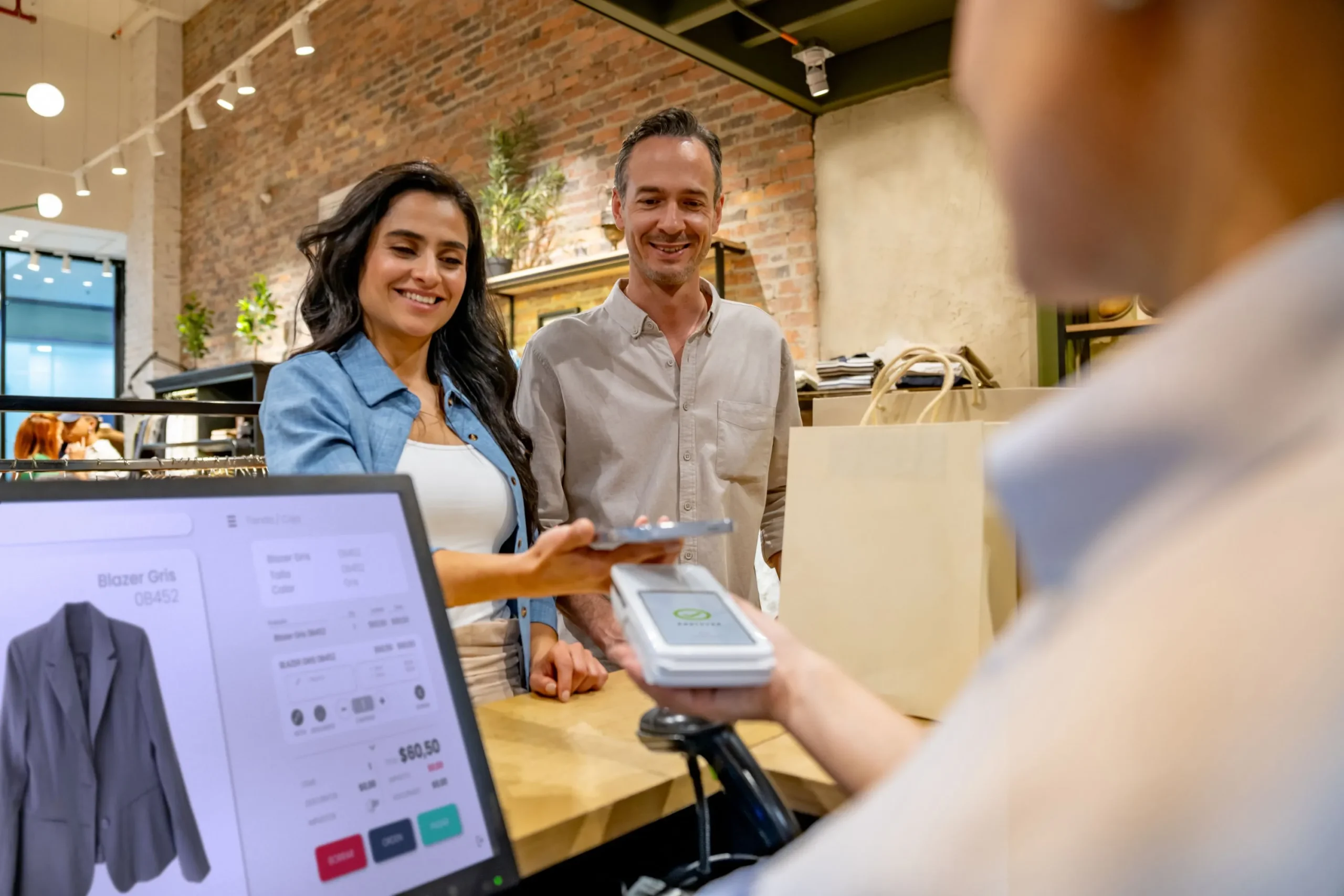As backpacks get zipped and school bells ring, families are once again navigating the rhythm of academic life. But in today’s connected world, back-to-school prep goes beyond notebooks and lunchboxes—it includes managing screen time, digital learning, and the ever-growing presence of technology in kids’ lives. With high-speed internet powering classrooms and homework stations alike, the challenge isn’t just staying connected, it’s staying balanced. This guide explores how parents, educators, and caregivers can foster healthy digital habits that support learning, well-being, and family connection.

The digital shift in school-year routines
Technology is now woven into every part of the school experience, from virtual assignments to classroom apps and online collaboration. High-speed internet enables students to access educational platforms, stream instructional videos, and submit homework with ease. But with this convenience comes a new responsibility: helping kids develop boundaries around their tech use. Digital balance means using technology intentionally, not endlessly. It’s about creating routines that support learning while protecting time for rest, play, and face-to-face connection.
What is digital balance and why does it matter?
Digital balance is the ability to use technology in ways that support—not disrupt—academic, emotional, and social development. In homes with high-speed internet, it’s easy for devices to become constant companions. But without thoughtful boundaries, screen time can crowd out sleep, physical activity, and family interaction. Parents and caregivers play a key role in shaping tech habits that prioritize well-being. That includes modeling healthy behavior, setting expectations, and creating space for offline experiences.
Healthy habits for school-year tech use
Establishing routines is one of the most effective ways to promote digital wellness. When kids know what to expect, they’re more likely to follow through and less likely to resist limits.
Here are a few habits worth building into your school-year schedule:
- Set screen time boundaries for homework, entertainment, and social media.
- Designate device-free zones like bedrooms, dinner tables, and family events.
- Encourage co-viewing and co-playing to build shared digital experiences.
- Balance online learning with offline activities like reading, sports, and creative play.
These habits help kids develop self-regulation and make intentional choices about how they spend their time.

Creating tech-positive learning environments
A well-designed home workspace can make a big difference in how kids engage with school. Start by choosing a quiet, distraction-free area with strong WiFi coverage. High-speed internet supports smoother video calls, faster downloads, and reliable access to educational platforms, but your router setup matters too. Position it centrally, elevate it off the floor, and consider mesh systems for broader coverage. When tech works seamlessly, kids can focus on learning instead of troubleshooting.
Parental controls and digital literacy tools
Managing screen time isn’t just about turning devices off, it’s also about teaching kids how to use them wisely. Parental controls can help filter content, set time limits, and monitor usage. But digital literacy is equally important. Kids should understand how to stay safe online, recognize misinformation, and respect others in digital spaces. Tools like Common Sense Media’s Family Tech Planners and Gryphon’s parental control routers offer customizable solutions for families looking to guide tech use with confidence.
Building collaborative family tech agreements
Rather than enforcing rules unilaterally, invite kids to help shape your household’s tech guidelines. A family media agreement can outline expectations for device use, screen time, and online behavior. When kids participate in setting boundaries, they’re more likely to respect them. Keep the agreement visible, revisit it regularly, and adjust as needed. This collaborative approach fosters accountability and opens the door for ongoing conversations about digital wellness.

Supporting educators, parents and caregivers in digital balance
Teachers, parents and caregivers are also navigating the digital shift, and they need support too. Educators can model healthy tech habits in the classroom by integrating screen breaks, promoting offline collaboration, and teaching digital citizenship. Caregivers can stay informed about school-issued devices, learning apps, and classroom tech policies. Open communication between schools and families helps reinforce consistent expectations and ensures that students receive a unified message about responsible tech use.
How high-speed internet supports healthy digital balance
High-speed internet is a powerful tool for learning but it’s only as effective as the habits that surround it. When paired with thoughtful routines and intentional use, it can support:
- Reliable access to homework portals and virtual classrooms.
- Smooth video conferencing for remote learning and tutoring.
- Quick downloads of educational apps and resources.
- Seamless streaming of instructional content.
But speed alone doesn’t create balance. That’s where parents and caregivers come in, guiding kids to use connectivity as a tool, not a crutch.
Tips for managing tech use at home
Here are a few practical strategies to help families stay balanced during the school year:
- Use focus timers to encourage deep work and limit distractions.
- Keep devices out of bedrooms to support healthy sleep routines.
- Schedule tech-free family time like game nights or outdoor adventures.
- Explore educational apps together to ensure quality and relevance.
- Model mindful tech use by putting your own device down during conversations.
These small shifts can lead to big improvements in how kids relate to technology and how families connect.
Building a balanced digital routine for the school year
Back-to-school season is a chance to reset not just academically, but digitally. By combining high-speed internet with intentional habits, families can create a tech environment that supports learning, connection, and well-being. Digital balance isn’t about perfection, it’s about progress. It’s about helping kids develop the skills they need to navigate a connected world with confidence and care.
So, as you stock up on school supplies and sharpen pencils, take a moment to assess your home’s digital setup. Talk with your kids. Set goals together. And remember: the strongest connections aren’t just online, they’re the ones you build face-to-face.
Content Disclaimer – All content is for informational purposes only, may require user’s additional research, and is provided “as is” without any warranty, condition of any kind (express or implied), or guarantee of outcome or results. Use of this content is at user’s own risk. All third-party company and product or service names referenced in this article are for identification purposes only and do not imply endorsement or affiliation with Quantum Fiber. If Quantum Fiber products and offerings are referenced in the content, they are accurate as of the date of issue. Quantum Fiber services are not available everywhere. Quantum Fiber service usually means 100% fiber-optic network to your location but, in limited circumstances, Quantum Fiber may need to deploy alternative technologies coupled with a non-fiber connection from a certain point (usually the curb) to your location in order to provide the advertised download speeds. ©2025 Q Fiber, LLC. All Rights Reserved. Quantum, Quantum Fiber and Quantum Fiber Internet are trademarks of Quantum Wireless LLC and used under license to Q Fiber, LLC.








